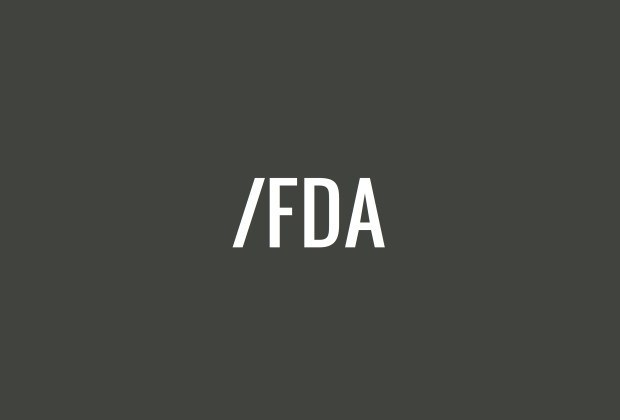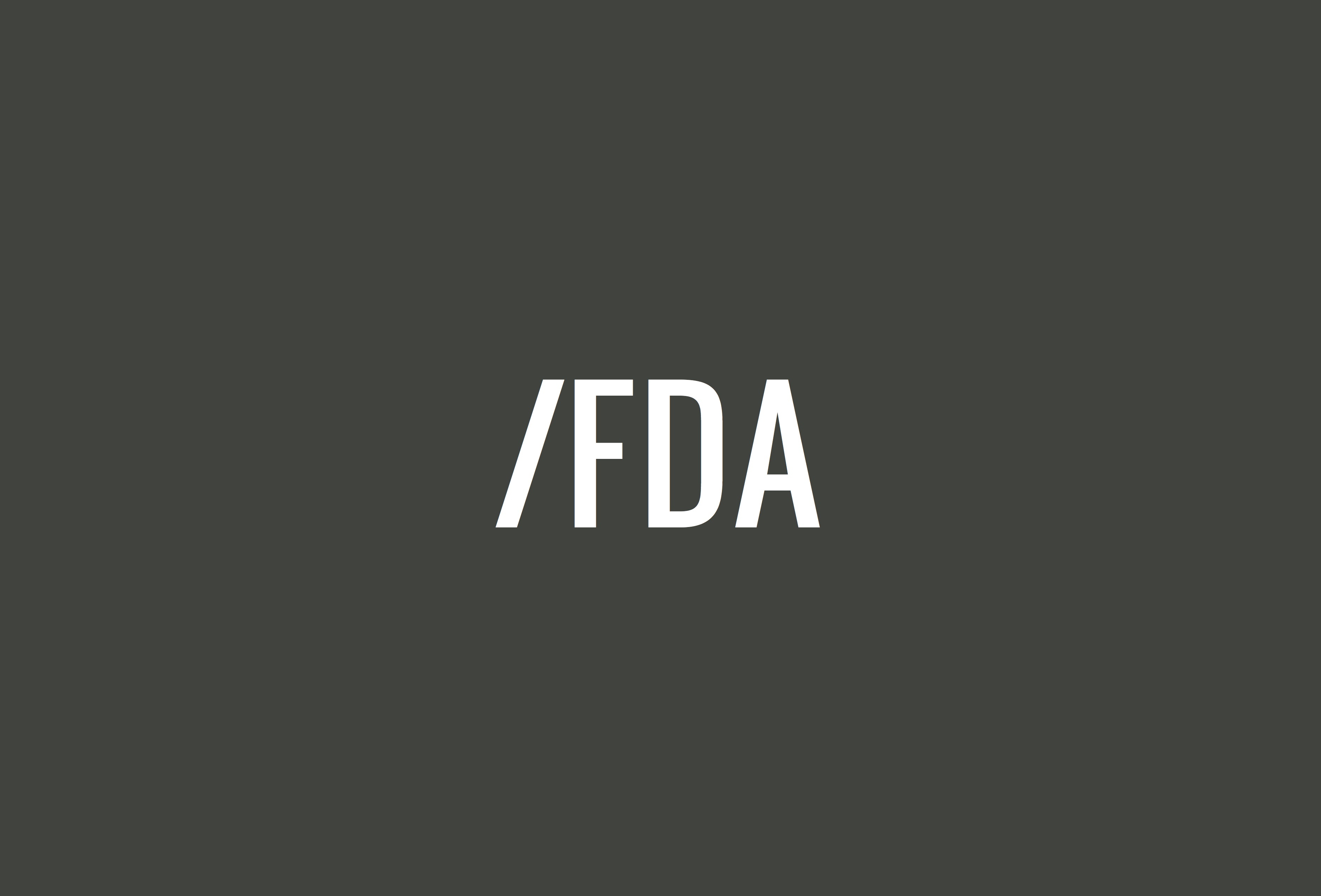In a small courtroom in a non-descript building in the suburbia that is Plano, Texas, the cigar industry made its case once again that the U.S. Food & Drug Administration (FDA) has gone too far.
U.S. Magistrate Judge Kimberly Priest Johnson heard oral arguments in En Fuego Tobacco Shop et al. v. United States Food and Drug Administration et al., the Texas lawsuit over FDA’s regulation of the premium cigar industry.
More specifically, Priest Johnson heard arguments over whether the court—the U.S. District Court for the Eastern District of Texas—should delay or suspend the implementation date for warning labels which is set to go into effect on Aug. 10.
The judge started the proceeding with a brief intro and two questions for the attorneys: what path is the appropriate one for the lawsuit at large and what would happen if the warning label implementation was delayed, specifically mentioning a timeline through the end of the year.
While the Texas lawsuit might be new, the attorneys are not. Michael Edney, a partner at Norton Rose Fulbright, represented the plaintiffs: En Fuego, a Dallas area cigar shop, El Cubano Cigars of League City and the Texas Cigar Merchants Association.
Representing FDA was Eric Beckenhauer, an attorney for the Department of Justice.
Edney and Beckenhauer are also the lead attorneys for another lawsuit filed by three cigar trade groups in Washington D.C. The FDA had tried to argue that the similarities between the cases—including the representation by Edney—was a reason as to why the two lawsuits should be combined in D.C., an argument Priest Johnson denied.
While the attorneys might be the same, the arguments are not identical. One of the primary differences is that En Fuego argues that premium cigars are being subjected to rules that largely apply to all cigars, more specifically mass market cigars. That led to a discussion about what a premium cigar is and who should be tasked with defining it.
At first, Edney argued that FDA should be forced to define it, something that could complicate a potential injunction. However, in a rebuttal he clarified his position, saying that he would defer to a 2014 definition proposed by FDA as part of the deeming regulations, with one change: no minimum retail price of $10.
That definition would mean that a cigar must meet all of the following to be defined as “premium”:
- Is wrapped in whole tobacco leaf;
- Contains a 100 percent leaf tobacco binder;
- Contains primarily long filler tobacco;
- Is made by combining manually the wrapper, filler, and binder;
- Has no filter, tip, or non-tobacco mouthpiece and is capped by hand;
- does not have a characterizing flavor other than tobacco; and
- Weighs more than 6 pounds per 1000 units.
As was argued in 2014 when that definition was first proposed, a requirement for a $10 retail price is comically unenforceable. For example, a cigar with a wholesale price of $4 would likely not be a $10 at most stores in Florida, Pennsylvania and Texas, but would be at least $10 in states like California, Illinois and Texas. The difference has nothing to do with the cigar, but state taxes on cigars.
For his part, Beckenhauer argued there’s no scientific data that would suggest which cigars should be separate from other cigars.
Edney opened the arguments, indicating that the cigar businesses he represented would not be opposed to a delay. He also said that it was his preference that in addition to any stay, an additional 60 days be added to allow for cigar companies to resume any compliance work that will be paused while the court decides the validity of the current regulations.
“Every day that goes on, our clients spend more and more to get ready (for the regulations),” said Edney, while also arguing one of the hallmarks of the lawsuit: every indication is that FDA is considering changing its mind on cigar regulations, meaning that cigar companies are spending millions of dollars getting ready for regulations that may change soon.
Quickly, Edney turned to the news of the morning: the Supreme Court ruling in National Institute of Family and Life Advocates v. Becerra. The Supreme Court ruled 5-4 that crisis pregnancy centers, the plaintiffs, did not have to display notices about whether they actually offered abortions.
What abortion centers have to do with cigars might not be clear to someone without a law degree, but in short, it’s a question of free speech and whether the government can force companies to place warning labels on products, to what extent and what the government must prove to justify said action. The two cases cited repeatedly throughout the proceedings are Central Hudson and Zauderer. The initial analysis of Becerra, the California abortion case, suggests that it could have major implications on how the courts should interpret Zauderer going forward.
Priest Johnson will announce a deadline for arguments related to Becerra before making her ruling on an injunction.
The conversation eventually turned to the warning labels themselves and how they are to be implemented. Edney argued that the comparable warning labels mentioned by the government—specifically a package of hamburger meat and liquor bottles—were quite different than that required by FDA, where warning labels must cover 30 percent of two principle panels.
Priest Johnson asked both sides about where the warning labels had to go, wondering why the warning labels couldn’t go on the bottom or back, like the liquor bottle.
The plaintiffs argued that FDA’s requirement for two “principle panels” would likely not be satisfied by a warning label on the bottom. Beckenhauer did not contest this characterization.
Edney also pointed out that because each box, all advertisements and the cash register are required to have a warning label, consumers will likely see hundreds of warning labels when walking into a cigar shop, something the government cannot justify.
Both sides debated the importance of data and its impact on the regulations, specifically a 2017 study that showed no statistically significant evidence that youth used premium cigars.
The question regarding the study largely focused on whether its impact was relevant to the regulations and the first amendment rights of the plaintiffs.
At one point, Beckenhauer—representing FDA—argued that youth usage of premium cigars was not something that was of particular interest to FDA as part of the deeming regulations, something that seems in conflict with FDA’s general message regarding premium cigars.
This issue took on particular importance as earlier this year FDA announced an ANPRM, asking the public to provide data and comments about premium cigar usage. That action suggests that the agency is interested, at least in part, in reevaluating the regulations—or some part of them—a concern of the plaintiffs.
Priest Johnson asked Beckenhauer if this was a result of the new administration, which he conceded it was.
She also asked what would happen if FDA were to, hypothetically, go forward with new regulations. After conferring with an FDA attorney, Beckenhauer stated that “by default” the current regulations would remain in effect until the new regulations were issued.
The bulk of Priest Johnson’s tougher questions were directed to Beckenhauer.
She asked why a smaller warning label—one that wouldn’t disrupt the look of the box—wouldn’t suffice and whether the government could justify a large warning label.
“Bigger is better. Why is it that a smaller would not be unduly burdensome?” asked Priest Johnson. “It’s not just that there are words being covered. It’s the size of the warning label, just given how it materially changes the look (of the box).”
Priest Johnson said she wasn’t sure whether she considered cigars a luxury item, but indicated that many consumers buy the product because of how nice the boxes look, something she argued was changed by the warning labels.
Beckenhauer argued that the new warning label was actually the smallest warning label recommended by World Health Organization framework.
For the cigar industry, today definitely could have gone a lot worse. Priest Johnson opened the proceedings talking about the importance of the Aug. 10 date and potentially an injunction through the end of 2018, her tougher questions were directed at FDA and Beckenhauer didn’t seem to provide many answers to some of Priest Johnson’s most pointed skepticism.
Unfortunately, the same could be said about a December 2017 hearing in Washington D.C. where Edney and Beckenhauer argued a motion in the Cigar Association et al. case in front of U.S. District Judge Amit Mehta.
Mehta’s skepticism of Beckenhauer’s arguments was much more obvious than Priest Johnson, but ultimately the cigar industry lost the motion.
That case is ongoing, with the cigar industry appealing Metha’s ruling.
As for a resolution in Texas, Priest Johnson seemed uniquely focused on the importance of the Aug. 10 date and as such, it seems likely that a ruling will come down before that.


